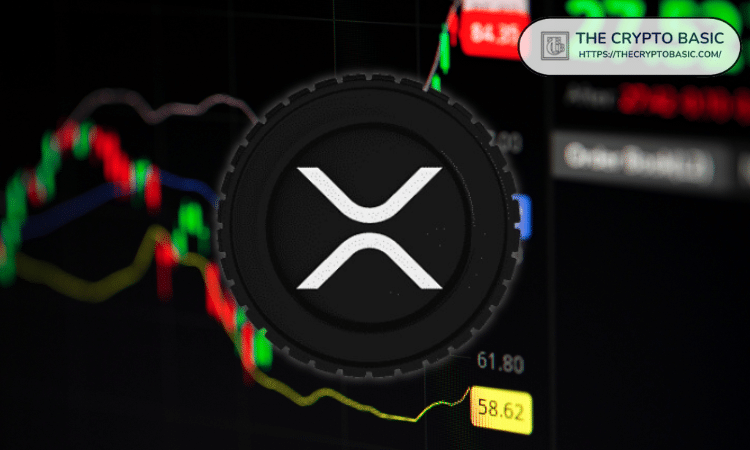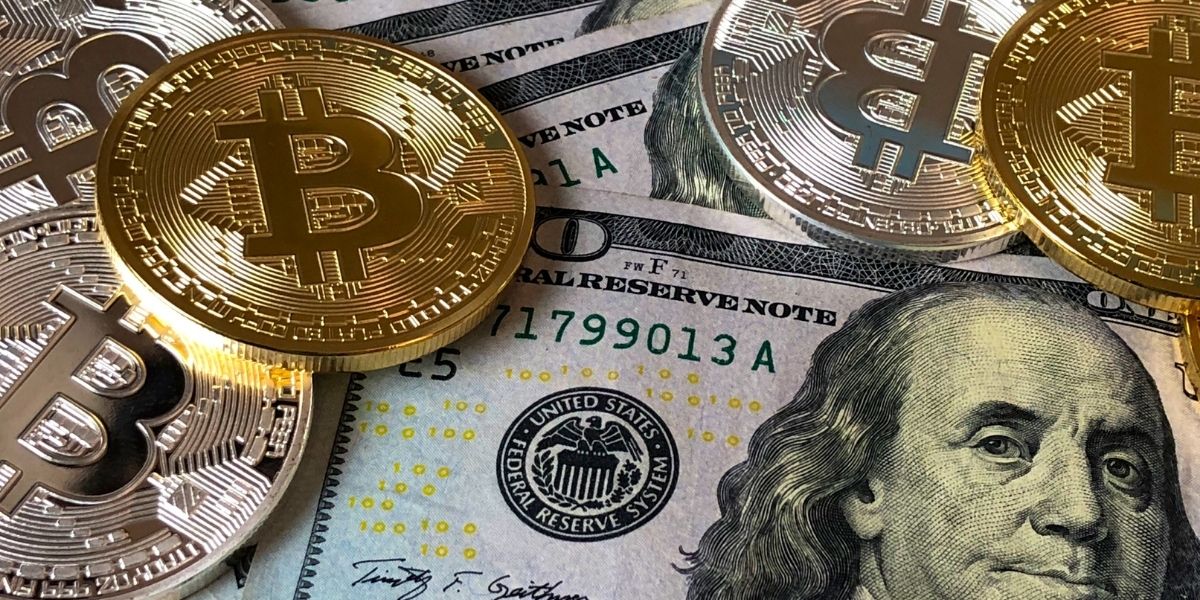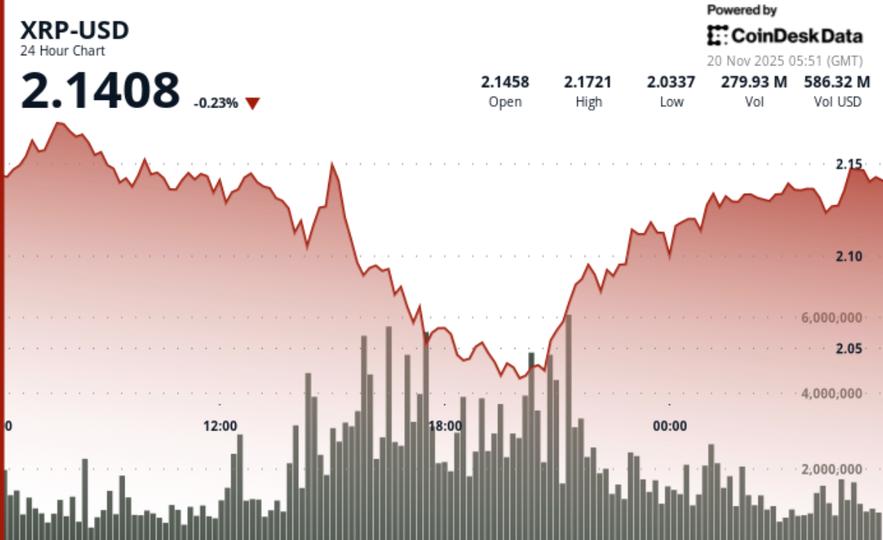
BitcoinWorld Strategic Shift: Why Spark Abandoned Mobile App for DeFi Infrastructure Focus In a surprising move that’s shaking up the DeFi space, Spark protocol has made a strategic decision to shelve its mobile app launch. Instead, the company is doubling down on what it does best: building DeFi infrastructure that powers the entire ecosystem. This pivot reveals important insights about where the real value lies in decentralized finance. Why Did Spark Choose DeFi Infrastructure Over Consumer Apps? Sam MacPherson, CEO of Phoenix Labs (Spark’s development team), provided clear reasoning for this strategic shift. He emphasized that the mobile app market is incredibly competitive and that his company’s expertise lies elsewhere. Rather than trying to compete with established consumer apps, Spark will focus on its core strength: creating robust DeFi infrastructure solutions. This decision makes perfect sense when you consider the current market landscape. The mobile app space is crowded with numerous DeFi applications, but the underlying infrastructure that powers them often remains underdeveloped. By concentrating on this foundational layer, Spark positions itself as an essential service provider rather than just another app in the store. What Does This Mean for DeFi Liquidity Infrastructure? The shift toward DeFi infrastructure development represents a maturation of the entire ecosystem. Spark’s renewed focus includes: Enhanced liquidity protocols for institutional traders Improved cross-chain compatibility solutions Advanced risk management tools for DeFi platforms Scalable infrastructure capable of handling increased transaction volumes This strategic move acknowledges that sustainable growth in DeFi requires solid foundations. While flashy apps attract users, reliable infrastructure keeps them engaged and protected. How Will This Impact Institutional Adoption? Institutional players have been hesitant to fully embrace DeFi due to concerns about security, scalability, and reliability. By prioritizing DeFi infrastructure development, Spark addresses these concerns directly. The company’s focus on institutional-grade trading solutions and liquidity management could accelerate mainstream adoption. Moreover, this approach creates a more professional environment where large-scale investors feel comfortable operating. The improved DeFi infrastructure will likely include features like: Better compliance tools Enhanced security protocols More sophisticated trading interfaces Improved liquidity aggregation What Can We Learn From Spark’s Strategic Pivot? Spark’s decision teaches us several valuable lessons about business strategy in the crypto space. First, knowing your strengths and sticking to them often yields better results than chasing every opportunity. Second, building fundamental DeFi infrastructure creates more lasting value than developing consumer-facing products that can easily become obsolete. The company’s move also highlights the importance of specialization in an increasingly complex ecosystem. As DeFi matures, we’re likely to see more companies focusing on specific niches rather than trying to be everything to everyone. Conclusion: Building Foundations for Future Growth Spark’s strategic shift from mobile apps to DeFi infrastructure represents a wise long-term play. By concentrating on the fundamental building blocks that power the entire DeFi ecosystem, the company positions itself for sustainable growth and lasting impact. This move not only plays to Spark’s strengths but also addresses critical needs in the evolving DeFi landscape. As the space continues to mature, we can expect more projects to follow similar paths, focusing on core infrastructure rather than consumer-facing products. This trend toward specialization and infrastructure development bodes well for the entire cryptocurrency ecosystem’s stability and growth. Frequently Asked Questions Why did Spark cancel its mobile app launch? Spark canceled the mobile app to focus on its core expertise in DeFi infrastructure and institutional trading solutions, recognizing the highly competitive nature of consumer apps. What will Spark focus on instead? The company will concentrate on developing DeFi-native liquidity infrastructure and institutional trading tools, leveraging their existing strengths in these areas. How does this benefit the DeFi ecosystem? Improved DeFi infrastructure benefits everyone by creating more reliable, secure, and scalable platforms that can support increased adoption and more sophisticated financial operations. Will this affect existing Spark users? Existing users should benefit from more robust infrastructure and improved services, though they won’t have access to the canceled mobile app. What does this mean for institutional adoption? This focus on professional-grade infrastructure should accelerate institutional adoption by addressing concerns about security, scalability, and reliability. Are other DeFi projects making similar shifts? While each project has unique strategies, many are recognizing the importance of solid infrastructure over consumer-facing products as the space matures. Found this analysis insightful? Help spread the knowledge by sharing this article with your network on social media. Your colleagues and friends in the crypto space will appreciate learning about these important DeFi developments! To learn more about the latest DeFi infrastructure trends, explore our article on key developments shaping blockchain technology institutional adoption. This post Strategic Shift: Why Spark Abandoned Mobile App for DeFi Infrastructure Focus first appeared on BitcoinWorld .
Bitcoin World
You can visit the page to read the article.
Source: Bitcoin World
Disclaimer: The opinion expressed here is not investment advice – it is provided for informational purposes only. It does not necessarily reflect the opinion of BitMaden. Every investment and all trading involves risk, so you should always perform your own research prior to making decisions. We do not recommend investing money you cannot afford to lose.
Critical stablecoin risks exposed: FSC official warns of forex and money laundering dangers

BitcoinWorld Critical stablecoin risks exposed: FSC official warns of forex and money laundering dangers Are stablecoins as safe as we think? A top South Korean financial regulator just dropped a bombshell warning that could change how we view these digital assets forever. The growing stablecoin risks are becoming too significant to ignore, according to Financial Services Commission Standing Commissioner Ahn Chang-guk. What are the real stablecoin risks? During a recent Financial Stability Board meeting in Riyadh, Commissioner Ahn sounded the alarm about several critical concerns. The expanding use of stablecoins in cross-border transactions creates unprecedented challenges for financial regulators worldwide. These digital assets, designed to maintain stable value, now pose serious threats to global financial stability. The commissioner highlighted two primary areas of concern: Foreign exchange volatility risks from massive cross-border flows Money laundering vulnerabilities in online and offline payments Regulatory gaps between different national frameworks Why should you care about these warnings? Stablecoin risks aren’t just theoretical concerns for regulators – they affect everyone in the crypto ecosystem. When large amounts of value move across borders instantly through stablecoins, traditional forex controls become ineffective. This creates potential for market manipulation and economic instability that could impact ordinary investors. Moreover, the anonymous nature of some stablecoin transactions makes them attractive for illicit activities. Commissioner Ahn emphasized that without proper oversight, these digital assets could become the new frontier for financial crimes that regulators struggle to monitor effectively. The urgent call for international cooperation One of the most critical points raised involves regulatory arbitrage. Different countries have varying approaches to cryptocurrency regulation, creating loopholes that bad actors can exploit. Commissioner Ahn stressed that only through global cooperation can we address these stablecoin risks comprehensively. The solution requires: Harmonized international regulatory standards Improved cross-border information sharing Consistent anti-money laundering protocols Unified oversight of stablecoin issuers What does this mean for the future of stablecoins? These warnings come at a crucial time for cryptocurrency adoption. As stablecoins become more integrated into mainstream finance, addressing these stablecoin risks becomes increasingly urgent. The regulatory landscape is evolving rapidly, and investors need to stay informed about potential changes that could affect their holdings. The good news? Increased regulation could actually strengthen legitimate stablecoin projects by weeding out bad actors and establishing clearer rules for operation. This might ultimately build greater trust in the cryptocurrency ecosystem. Key takeaways for crypto enthusiasts Understanding stablecoin risks is essential for anyone involved in cryptocurrency. While stablecoins offer convenience and price stability, they also carry unique vulnerabilities that traditional financial instruments don’t face. Being aware of these issues helps investors make more informed decisions and anticipate regulatory changes. Remember: Knowledge is your best defense against unexpected market shifts. Staying updated on regulatory developments helps you navigate the evolving cryptocurrency landscape with confidence. Frequently Asked Questions What are the main stablecoin risks mentioned by the FSC official? The primary concerns include foreign exchange volatility from cross-border transactions and money laundering vulnerabilities in digital payments. These stablecoin risks threaten global financial stability. Why are stablecoins particularly risky for forex markets? Stablecoins can move large values across borders instantly, bypassing traditional forex controls and monitoring systems. This creates potential for market manipulation and economic instability. How can money laundering occur through stablecoins? The pseudo-anonymous nature of some stablecoin transactions, combined with global reach and speed, makes them attractive for illicit fund transfers that are difficult to trace. What solution did Commissioner Ahn propose? He called for international cooperation to prevent regulatory arbitrage and establish consistent global standards for stablecoin oversight and anti-money laundering protocols. Will these warnings affect stablecoin adoption? While increased regulation might slow some adoption initially, proper oversight could ultimately build greater trust and legitimacy for stablecoins in the long term. How can investors protect themselves from stablecoin risks? Stay informed about regulatory developments, choose reputable stablecoin projects with transparent operations, and diversify investments across different asset types. Found this information crucial for understanding cryptocurrency regulation? Share this article with fellow crypto enthusiasts to spread awareness about these important stablecoin risks. Your network will appreciate staying informed about developments that could affect their investments. To learn more about the latest cryptocurrency regulatory trends, explore our article on key developments shaping stablecoin adoption and future regulatory frameworks. This post Critical stablecoin risks exposed: FSC official warns of forex and money laundering dangers first appeared on BitcoinWorld . Bitcoin World

Trump Eyes Executive Order to Rein In Patchwork State AI Policies
The White House is pushing for a federal framework as Hill Republicans explore attaching a moratorium to the defense bill. Bitcoin World











